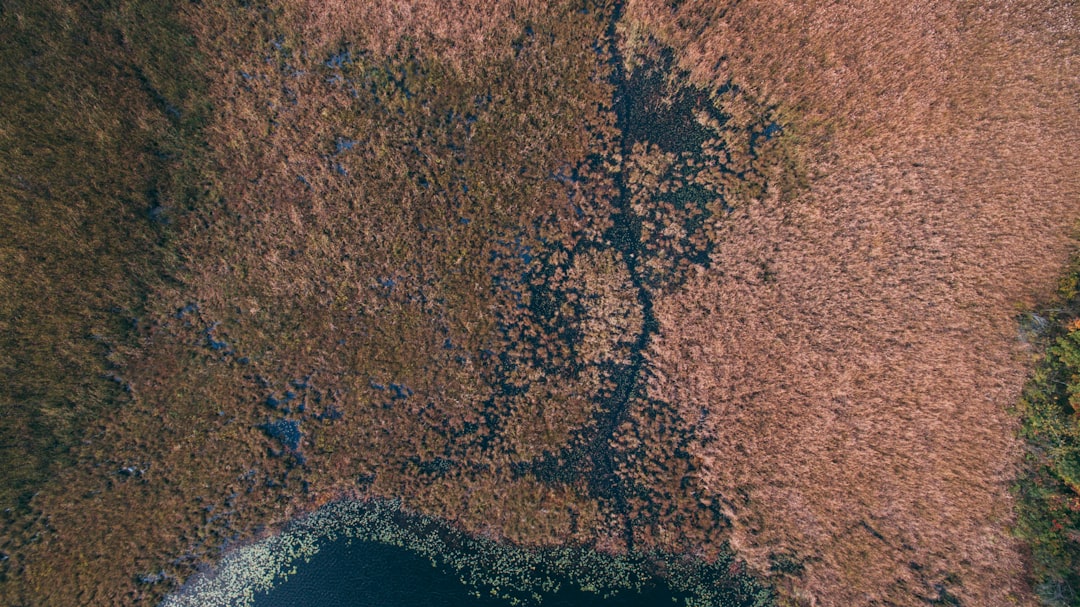Demarcation refers to the process of establishing the boundaries of a piece of land, which is crucial for defining ownership and usage rights. This process can involve physical markers, such as fences or stakes, as well as legal documentation that outlines the extent of property lines. In many cases, demarcation is not merely a matter of placing markers on the ground; it often requires a thorough understanding of historical land use, legal precedents, and sometimes even cultural significance.
The complexity of land ownership can lead to disputes when boundaries are unclear or contested, resulting in conflicts that can escalate into legal battles. Land disputes arise when two or more parties claim rights over the same piece of land or when there is ambiguity regarding the boundaries of a property.
The implications of such disputes can be profound, affecting not only the parties involved but also the broader community. For instance, unresolved land disputes can lead to social tensions, economic instability, and even violence in extreme cases. Understanding the nuances of demarcation is essential for addressing these conflicts effectively and ensuring that land rights are respected and upheld.
Key Takeaways
- Demarcation and land disputes can arise from unclear boundaries and conflicting property rights.
- Clear boundaries are important for preventing land disputes and ensuring peaceful coexistence among landowners.
- Common causes of land disputes include boundary encroachments, inheritance issues, and conflicting land use.
- Legal procedures for resolving land disputes may involve mediation, arbitration, or litigation in court.
- Strategies for preventing land disputes include proper documentation, regular boundary inspections, and open communication among landowners.
- Technology plays a crucial role in demarcation and dispute resolution through tools like GPS, GIS, and remote sensing for accurate mapping and data collection.
The Importance of Clear Boundaries
Clear boundaries are fundamental to maintaining peace and order in any society. They provide a framework within which individuals can exercise their rights and responsibilities regarding land use. When boundaries are well-defined, property owners can engage in activities such as farming, construction, or resource extraction without fear of infringing on their neighbor’s rights.
This clarity fosters a sense of security and encourages investment in land development, which can contribute to economic growth and community stability. Moreover, clear boundaries play a critical role in legal contexts. In many jurisdictions, property rights are protected by law, and disputes over land ownership often hinge on the precise definition of boundaries.
When boundaries are ambiguous, it can lead to protracted legal battles that drain resources and create animosity between parties. Courts often rely on surveys, historical documents, and witness testimonies to resolve these disputes, but the process can be lengthy and costly. Therefore, establishing clear boundaries from the outset is not only beneficial for individual property owners but also essential for the efficient functioning of legal systems.
Common Causes of Land Disputes

Land disputes can arise from a variety of causes, many of which are deeply rooted in social, economic, and historical contexts. One common cause is inadequate or unclear documentation of land ownership. In many regions, especially in developing countries, land records may be poorly maintained or non-existent.
This lack of documentation can lead to overlapping claims where multiple parties assert ownership over the same parcel of land. For example, in rural areas where land is often passed down through generations without formal titles, disputes can easily arise when heirs disagree on their rights to inherited property. Another significant factor contributing to land disputes is encroachment.
Encroachment can happen intentionally or unintentionally; for instance, a neighbor may build a fence that crosses into another’s land due to a misunderstanding of boundary lines. Additionally, urbanization and population growth can exacerbate these issues as demand for land increases, leading to conflicts over limited resources.
In densely populated areas, even small encroachments can result in significant disputes that require resolution.
Legal Procedures for Resolving Land Disputes
When land disputes arise, parties often turn to legal procedures to seek resolution. The first step typically involves attempting to negotiate a settlement outside of court. Mediation is a common approach where a neutral third party facilitates discussions between disputing parties to help them reach an agreement.
This method can be less adversarial and more cost-effective than litigation, allowing both sides to maintain some degree of control over the outcome. If mediation fails or is not feasible, parties may resort to litigation. The legal process for resolving land disputes varies by jurisdiction but generally involves filing a lawsuit in a court that has jurisdiction over property matters.
The court will examine evidence presented by both parties, which may include surveys, title deeds, and witness testimonies. In some cases, expert witnesses such as land surveyors may be called upon to provide professional opinions on boundary lines and property rights. Ultimately, the court will issue a ruling that determines ownership and usage rights based on the evidence presented.
Strategies for Preventing Land Disputes
Preventing land disputes requires proactive measures that address potential sources of conflict before they escalate. One effective strategy is to ensure proper documentation of land ownership through formal title registration systems. Governments can play a crucial role in this process by implementing policies that promote transparency and accessibility in land records.
By providing clear titles and maintaining accurate public records, authorities can help reduce ambiguity regarding property boundaries. Community engagement is another vital component in preventing land disputes. Educating residents about their rights and responsibilities concerning land ownership can foster a culture of respect for property boundaries.
Workshops and informational sessions can empower individuals with knowledge about legal processes and dispute resolution mechanisms available to them. Additionally, encouraging open communication between neighbors can help address misunderstandings before they develop into conflicts.
The Role of Technology in Demarcation and Dispute Resolution

Technology has revolutionized the field of land demarcation and dispute resolution in recent years. Geographic Information Systems (GIS) and Global Positioning Systems (GPS) have become invaluable tools for accurately mapping property boundaries. These technologies allow surveyors to create precise digital representations of land parcels, which can be used in legal proceedings to clarify ownership claims.
By utilizing satellite imagery and advanced mapping techniques, stakeholders can obtain a clearer understanding of property lines and potential encroachments. Furthermore, technology facilitates more efficient dispute resolution processes. Online platforms for mediation and arbitration have emerged, allowing parties to resolve conflicts without the need for physical court appearances.
These digital solutions can streamline communication between disputing parties and provide access to resources that may help them reach an agreement more quickly. Additionally, blockchain technology is being explored as a means to create immutable records of land transactions, further enhancing transparency and reducing the likelihood of disputes arising from fraudulent claims or mismanagement of records. In conclusion, understanding demarcation and the complexities surrounding land disputes is essential for fostering harmonious relationships within communities.
Clear boundaries not only protect individual property rights but also contribute to social stability and economic development. By addressing common causes of disputes through effective legal procedures and preventive strategies, stakeholders can work towards minimizing conflicts over land ownership. As technology continues to advance, its role in demarcation and dispute resolution will likely become increasingly significant, offering innovative solutions to age-old problems in land management.
In the context of demarcation and disputes over land, understanding the historical and mathematical frameworks that have shaped modern land measurement and division is crucial. An insightful article that delves into the mathematical underpinnings of such frameworks is Understanding Math AI: A Comprehensive Guide. This article explores the evolution of mathematical concepts and their applications, which are essential in resolving land disputes and ensuring precise demarcation. By examining the role of mathematics in artificial intelligence, the article provides a broader perspective on how these technologies can be leveraged to address complex issues related to land management and conflict resolution.
FAQs
What is demarcation of land?
Demarcation of land refers to the process of marking the boundaries of a piece of land to define its extent and ownership. This is typically done using physical markers such as fences, walls, or boundary stones.
Why is demarcation of land important?
Demarcation of land is important to prevent disputes over property boundaries and ownership. It provides clarity and certainty about the extent of a piece of land, which can help avoid conflicts and legal disputes.
What are common reasons for disputes over land demarcation?
Disputes over land demarcation can arise due to unclear or ambiguous boundaries, conflicting land surveys, encroachments by neighboring properties, or disagreements over historical land use and ownership.
How are disputes over land demarcation resolved?
Disputes over land demarcation can be resolved through legal means such as mediation, arbitration, or litigation. In some cases, parties may also seek to reach a mutually agreeable solution through negotiation or by hiring professional surveyors to re-establish the boundaries.
What are the legal implications of land demarcation disputes?
Land demarcation disputes can have legal implications such as property rights violations, trespassing, and potential impacts on land titles and ownership. Resolving these disputes may require legal action and can involve significant time and expense.





















+ There are no comments
Add yours